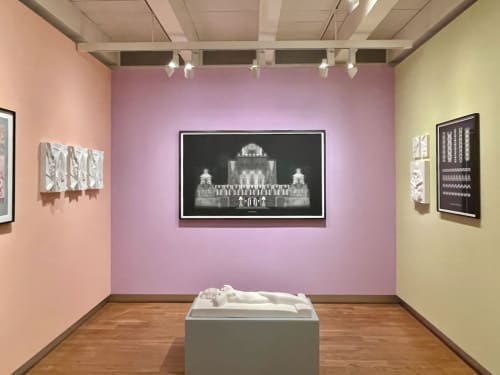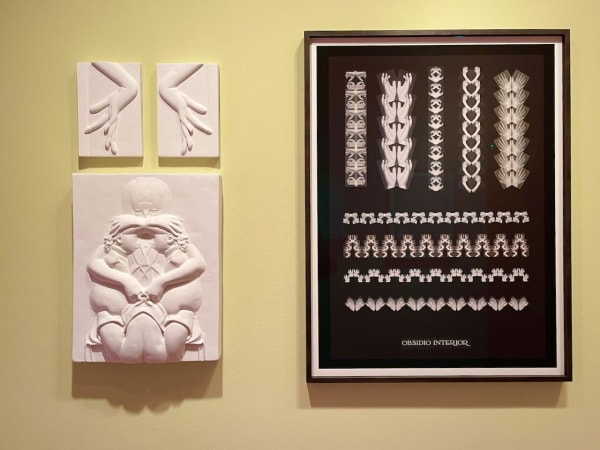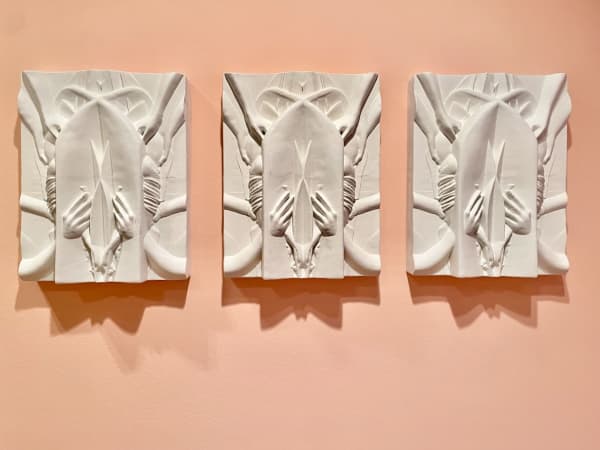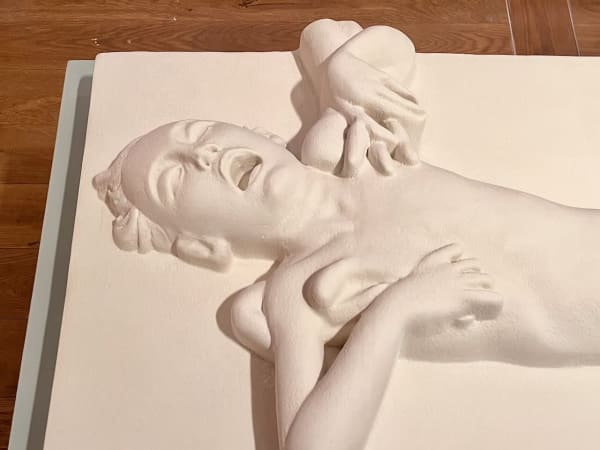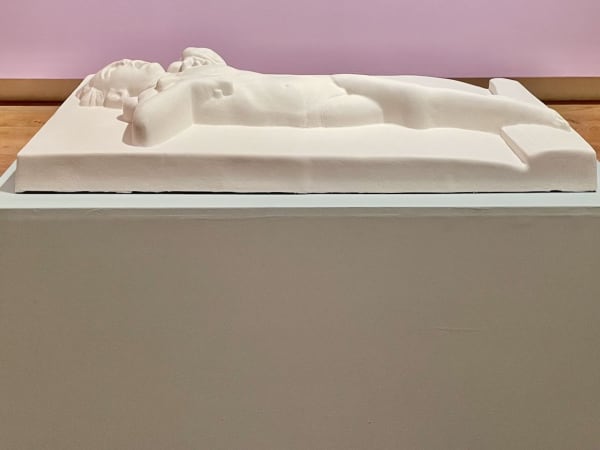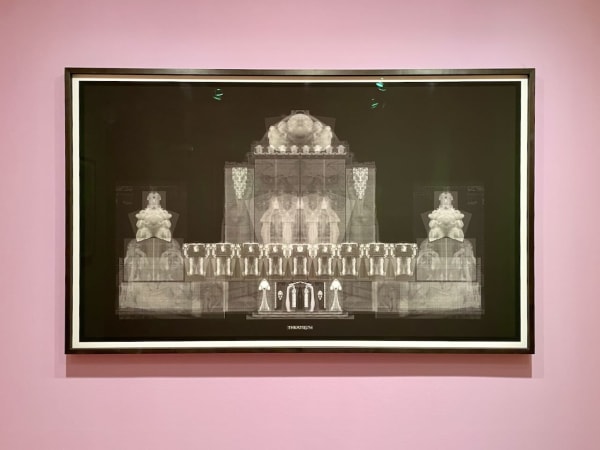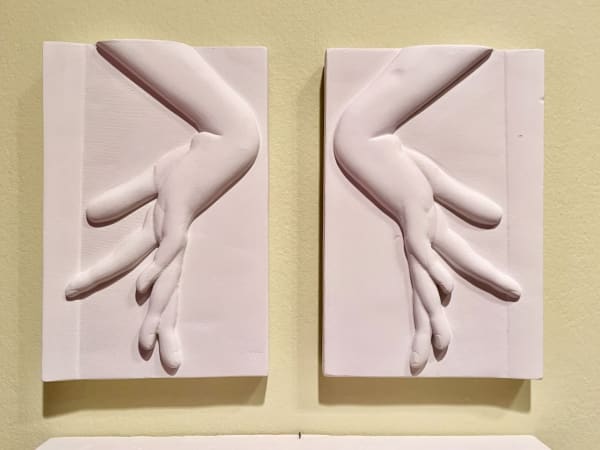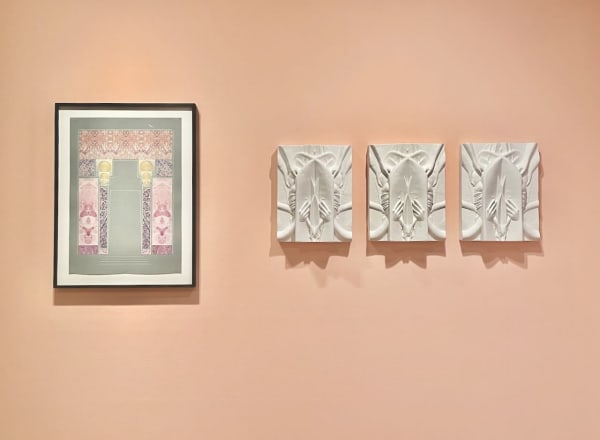Theatrum Mnemosynes: Refresh Amsterdam #3
In honour of Amsterdam's 750th anniversary, the Amsterdam Museum presents the third edition of Refresh Amsterdam: a large-scale art event that explores current themes in the city and society. In collaboration with various cultural partners, the museum brings together work by artists and the public, with the central question: what does the future look like?
The exhibition features works by fifteen contemporary artists including Koen Hauser. In addition, there are future wishes submitted by the public and collected by the museum in all provinces of the Netherlands. Young people also had a say in the “Next Generation” section, in which they share their vision of the future.
Theatrum Mnemosynes by Koen Hauser is a conceptual theatre - part ruin, part sanctuary - where the scars of life are reimagined as sources of beauty, resonance, and potential solace. The project is deeply inspired by the expressive vocabulary of the Amsterdam School, a movement in early 20th-century architecture where ornamentation was more than decorative, it was a vital expression of emotion, movement, and meaning.
Drawing from this tradition, the artist translates the richly adorned façades and interiors of the Amsterdam School into design sketches and plaster ornaments. These pieces resemble fragments of a building that can never be fully entered, remnants of a dream, either lost or yet to come. Like Aby Warburg’s Mnemosyne Atlas, these elements act as memory relics: constellations of images that resist fixed interpretation, instead inviting new associations and sensory responses.
The visual source material comes from historical medical texts on pediatrics, clinical photographs of deformities, skin lesions, and microscopic views of cancer cells. Originally burdened with trauma, detachment, and loss, these images are transformed through processes such as repetition, mirroring, and fragmentation. These gestures, reminiscent of the ornamental logic found in architecture, serve as a kind of visual EMDR: softening, disassembling, and recomposing the imagery into forms that oscillate between attraction and unease.
For example, large-scale black-and-white collages appear symmetrical and harmonious from a distance, yet reveal emotional depth and discomfort upon closer inspection. These ornamental fragments are not mere embellishments; they function as quiet vessels for unspoken histories, inhabiting the space between personal memory and collective experience.
Within Theatrum Mnemosynes, the boundaries between the visible and invisible, the past and present, the broken and the whole, are blurred. The work offers a new way of sensing, remembering, and seeing, an invitation to dwell in the fragile yet powerful space where meaning emerges not from resolution, but from resonance.
